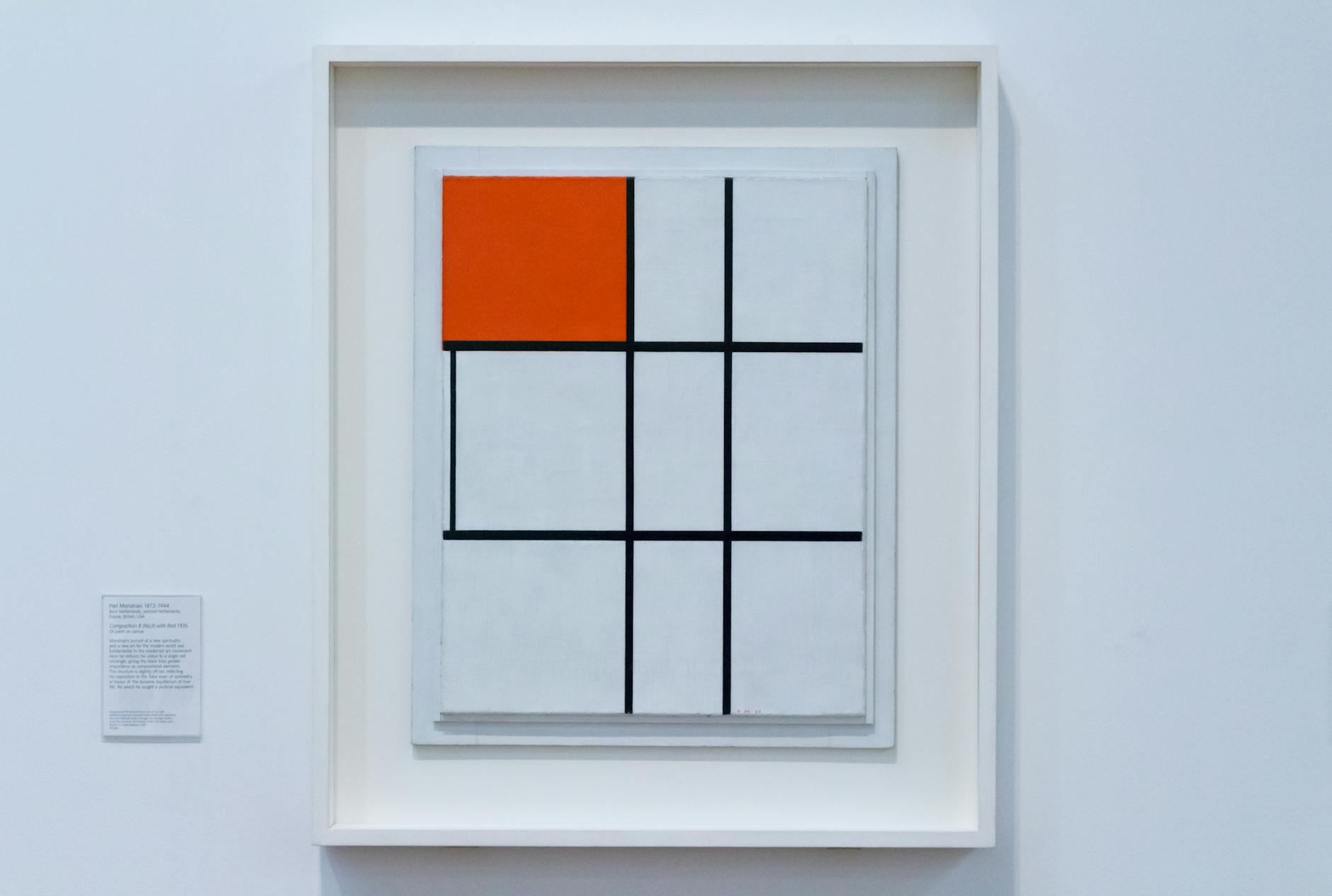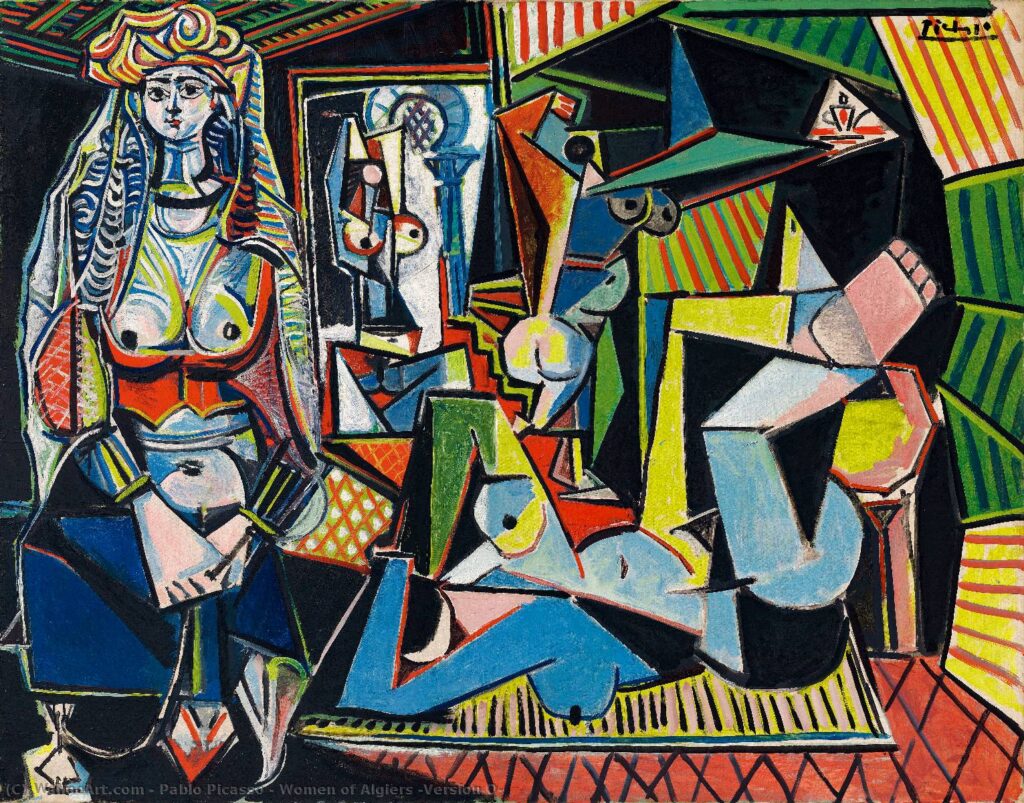Perhaps you have already thought “What is art for?” You are not alone. For a long time, humanity has asked the same question and it has been a subject of debate, both among artistic movements and scientists.
Art and functionality
From the classical movements to the norm-defying avant-gardes, all artists and critics have debated the function of art. Some argued that intrinsic beauty and the ability to provoke emotions were sufficient purposes, while others argued for the need for practical utility. In the midst of this conflict, the question arises: should art serve a functional purpose or is its very existence its function?
Non-functional and functional artistic movements
Movements like Dadaism and the Surrealism They challenged convention, insisting that art need not have a specific function other than to defy expectations and spark questions. On the other hand, the movement Arts and Crafts, led by William Morris, promoted the idea that art should be functional, integrating into everyday life through objects and designs. These divergent currents reflect the richness of art as a dynamic field, capable of embracing diverse perspectives.
The deliberate uselessness
The aesthetics of art often challenges the idea of utility, proposing that mere aesthetic contemplation is a valuable experience in its own right. Movements like Abstractionism and the Minimalism emphasize simplification and the absence of practical purpose. These are the types of expressions that usually shock us.
The impact of functionless art
Maybe you've seen one of these paintings in a museum, with straight lines, only colors, no representations of objects. Or ink blots. They are the ones that someone usually says, “My son would do that.”
These pieces often become catalysts for discussion and reflection, questioning the very nature of art and its role in society. This is because they no longer come to represent objects. They just “are”, and it is up to us to create an impression of what we felt or thought when we saw them.
And it's okay to think it's bad, okay?

Functional art
On the other hand, movements like the Bauhaus and Modernism embraced the idea that art should be functional and accessible. furniture designs, architecture and everyday objects were elevated to forms of artistic expression. In this context, art not only decorates, but also fulfills a practical function, becoming an integral part of people's lives.
Form follows function
The functional approach to art does not make it any less expressive; on the contrary, it highlights the beauty in simplicity and efficiency. Contemporary design often seeks that delicate balance between form and function, creating objects that are not only visually pleasing but also enhance the everyday experience.

Conclusion
Ultimately, the question “What is art for?” does not have a single, definitive answer. Art is a journey of meanings, where artistic movements intertwine, challenging and complementing each other. Whether through uncompromised aesthetics, integrated functionality or a harmonious mix, art serves purposes as vast as the human imagination.
Proof of this is that the functional movements in architecture went hand in hand with the abstract, so that one inspired the other. The functional Le Corbusier loved the cubist Picasso!
FAQs
1. Does art need to have a specific purpose to be valuable?
Not necessarily. The appreciation of art can derive from both its aesthetic beauty and its functionality, depending on the viewer's perspective.
2. Are contemporary artistic movements more inclined towards functionality or deliberate uselessness?
The diversity is remarkable. Some contemporary artists seek to integrate functionality, while others challenge norms, exploring uselessness as a form of expression.
3. How can functional art impact our daily lives?
Functional art can transform everyday environments, making them aesthetically pleasing and practical at the same time. Smart, affordable designs can improve our quality of life.
4. Does the functionality of art compromise its ability to provoke emotions?
Not necessarily. Functional art can awaken emotions in ways that are subtle and integrated into daily life, while deliberate uselessness can provoke deep reflection.
5. Is there an ideal balance between form and function in art?
The ideal balance varies depending on individual preferences. Some appreciate a more aesthetic approach, while others value efficiency and utility in art.

